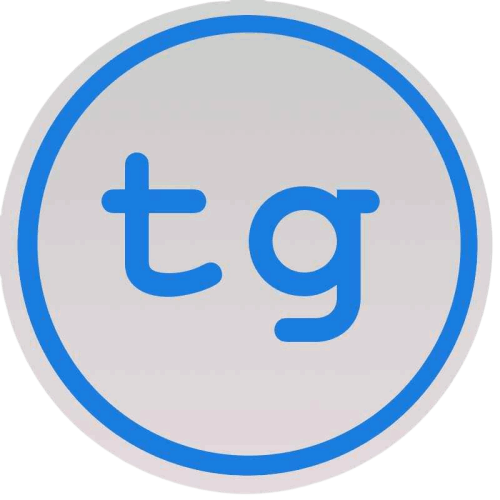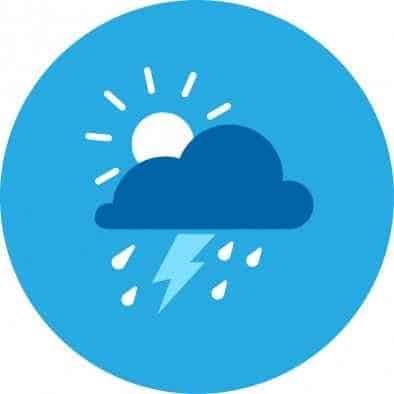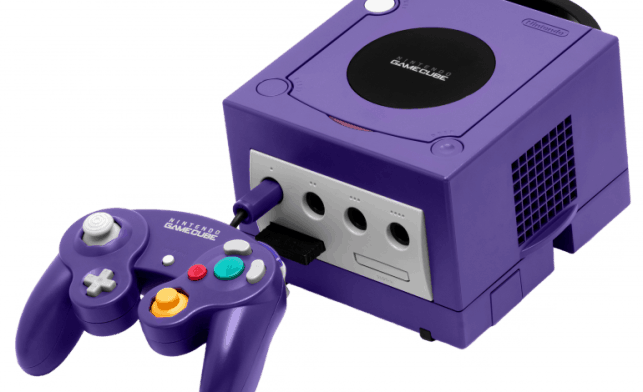How the Top 5 Software Development Companies Are Solving App Retention in 2025
In 2025, keeping users on your app is just as important as getting them to download it.
It’s not enough to send smart push notifications or add some rewards. The apps that people stick with are the ones that make their lives easier and feel like they’re built just for them.
Retention starts the moment someone opens your app. How easy it is to get started, how fast it loads, and how well it understands what users need all of it matters.
The best dev teams know this and focus on every small detail to keep users coming back.
We’ve seen it in a UPSC preparation app that led to a 28% boost in retention just by streamlining content access and minimizing friction in the learning flow.
Now, let’s take a look at how five leading software development companies are approaching retention in 2025 and what your team can learn from them.
1. Seven Square
They don’t see retention as an extra commodity, it’s part of the plan from the very beginning. Most user drop-offs happen because the design is confusing, not because the app is slow.
Instead of following trendy add-ons, their team asks simple questions: What will make someone come back tomorrow? Or Is this feature actually helpful?
In one of their fintech apps, they used screen recordings and heatmaps to spot where users were getting stuck. After a 3-step redesign, Day 7 retention went up by 37%. They also made the app faster and more reliable even on slower phones.
2. Toptal
Toptal’s strength lies in curating the best freelance talent globally and they’ve used that power to solve retention in specialized sectors.
In healthcare and fitness apps, they’ve helped startups build adaptive scheduling features based on real-time user activity.
By using machine learning models that predict when a user is likely to engage, developers can send hyper-relevant nudges and reminders.
That resulted in reduction in silent uninstalls and a measurable bump in weekly active usage.
Toptal’s focus on behavioral design and machine learning helps apps go beyond static workflows making the app feel like it knows the user better each time.
3. CleverTap
CleverTap isn’t just a development company, it’s also a powerful analytics engine. Their real strength comes from tying development with real-time behavior tracking.
They’re known for their precision in segmenting user journeys and pushing personalized in-app experiences. One of their clients in the on-demand delivery space used CleverTap’s cohort analysis to detect where users churned right after browsing but before checkout.
By introducing a “Quick Buy Again” feature and real-time delivery slot tracking, they increased retention by 28% over six weeks.
For brands that want to retain users at scale, CleverTap proves that knowing your metrics is half the battle.
4. Appinventiv
Appinventiv focuses on scalable backend systems. Slow apps and failed logins are top reasons users delete apps in 2025.
By building infrastructure with failover support, scalable databases and real-time monitoring, Appinventiv ensures that apps thrive during spikes.
Their product teams test real-world usage scenarios, from weak internet to one-thumb navigation. One eCommerce client reported a 42% improvement in user retention after Appinventiv redesigned their cart system to reduce friction.
5. Zensar Technologies
Zensar takes a DevOps-driven approach to retention. They don’t just build the first version and walk away. Their continuous integration and delivery model ensures quick updates based on usage trends.
In a lifestyle app aimed at Gen Z, Zensar ran A/B tests to tweak interface elements, notification timings and onboarding copy. Every change was backed by data and the version that worked went live within days.
They also use predictive modeling, flagging users likely to leave based on behavior patterns. With this, apps can offer right discounts, check-ins or help prompts before it’s too late.
Retention Is a Growth Strategy
In 2025, app retention is the heartbeat of long-term growth. These five companies show that it requires user psychology, fast feedback loops and a commitment to ongoing improvement.
Whether you’re building your MVP or optimizing a product post-launch, retention needs to be part of the blueprint.
If you’re looking to partner with a software team that builds for engagement, not just installs, contact Seven Square and explore how they approach product success.





